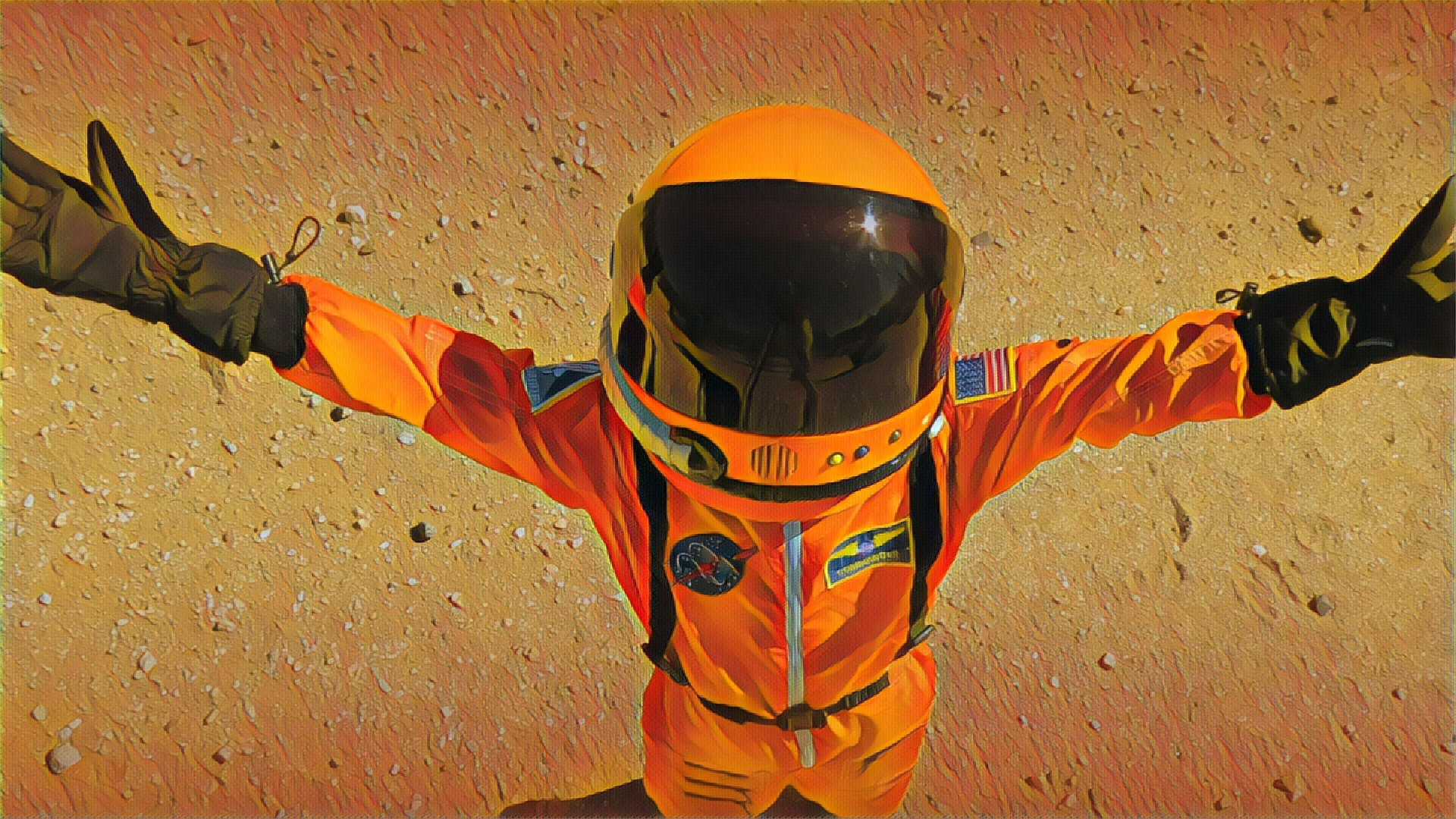I think I would have preferred to go second.
“Whoopee! Man, that may have been a small one for Neil, but that’s a long one for me.”

Book Series
I think I would have preferred to go second.
“Whoopee! Man, that may have been a small one for Neil, but that’s a long one for me.”
This might be the most dedicated space journalism I’ve ever encountered. I want to say “Bravo!”, but that seems weird.
In the final minutes of the Apollo 11 LM’s descent to the surface, Armstrong noticed that the intended landing site was too rocky and took manual control of the descent in order to find a better spot. The LM had never been flown in this manner, and Armstrong didn’t have time to discuss it with mission control.
We’ve all heard recordings of those final minutes of the LM descent. But we’ve never seen exactly what Armstrong saw until now. The Lunar Reconnaissance Orbiter team has reconstructed Armstrong’s view of the surface in those final minutes.
Pairing the audio recording with this footage is edge-of-the-seat exciting, as you imagine Armstrong coolly working the LM down while the voices at mission control have no idea of this extra drama under way at the time.
Watching this original coverage of the Apollo 11 launch today, I was struck by the professionalism. There is no attempt to entertain or sensationalize here. Just calm and composed communication of the most momentous event in human history.
Apollo 8 lifted off fifty years ago today, taking humans to orbit the Moon for the first time. This was also the first time a Saturn V carried humans. Originally scheduled as a test flight for orbital reentry, Russian successes prompted a revision of plans and 16 weeks later Apollo 8 lifted off to carry Frank Borman, Jim Lovell, and William Anders around the Moon.
Next up: a hazy memory of the Apollo era.
Background video footage: Apollo 11 montage from NASA
Coming in October!
Early reviews are looking good.
The Eagle landed 49 years ago today, and two humans walked on a celestial body for the first time.
I have a fleeting, four-year-old’s memory of my dad waking me up (I must have been napping, as we were in CDT) to watch the moon landing. I don’t remember anything about the landing itself, just my dad waking me to see it. But that’s special enough, I think.
Here’s a nifty 360 of the interior of the Command Module that carried Neil Armstrong, Buzz Aldrin, and Michael Collins to the moon that day.
https://www.facebook.com/Smithsonian/photos/a.57737704573.63791.6193904573/10156728357319574/?type=3&theater
This article is actually a couple years old. But if you haven’t seen it, it’s a fun read.
Keep in mind that this software was literally woven into the Apollo Guidance Computer’s (ACG’s) memory by hand. Wire by wire, the 0’s and 1’s were stitched together to get us to the Moon.
Programmers, at least the ones I like to hang out with, have always had a sense of humor in the commenting of their code. It’s nice to see the programming team for Apollo was no exception.
49 years ago today, Apollo 11 lifted off. It’s been too long.